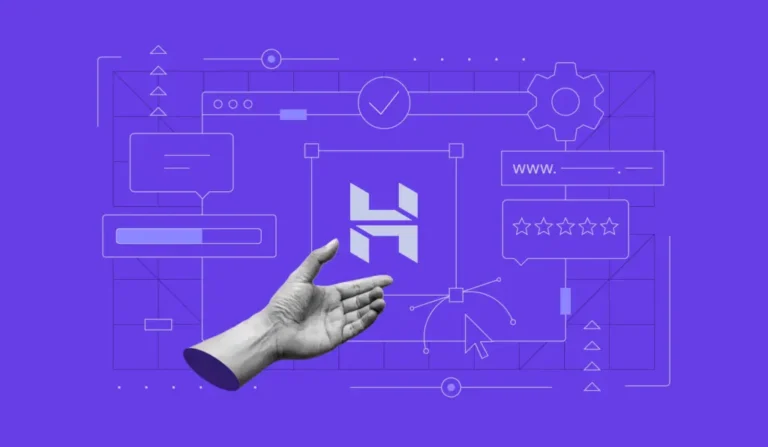Your WordPress Site: An Unpatched Vulnerability Could Be Your Business’s Next Big Threat
July 05, 2025 | By Alex White

For many business owners, their website is the digital storefront, the primary lead generator, and often, the core of their operations. If your business runs on WordPress, a recent report from Patchstack should be a wake-up call. It reveals that in the first quarter of 2025, hackers aggressively targeted several critical WordPress plugin vulnerabilities that were actually discovered and fixed in 2024.
This isn’t just tech news; it’s a direct warning about the security of your business and its online presence. This blog post will break down exactly what this means for you, its implications for your business, and provide actionable steps to ensure your digital assets are protected.
The Alarming Reality: Fixed Flaws Still Under Attack
The Patchstack report highlights a persistent and dangerous trend: cybercriminals are actively exploiting vulnerabilities in WordPress plugins and themes that have already had patches released. Specifically, four critical flaws including SQL injection, unauthenticated file upload, remote code execution, and PHP object injection were heavily targeted.
Two of these, found in the Bricks theme and WordPress Automatic plugin, were actively exploited for the first time in Q1 2025, despite patches being available since 2024. Essentially, these are “open doors” that many website owners have unknowingly left unlocked, even after developers provided the key to secure them.
These vulnerabilities could allow attackers to execute arbitrary code, steal sensitive data, or even take complete control of your website.
So What Does This Mean for Your Business
The implications for small to medium-sized business owners are significant and far-reaching:
- Direct Financial Loss: Costs from data recovery, incident response, legal fees, and possible fines if customer data is exposed.
- Reputational Damage: A compromised site erodes trust. Malware, data breaches, or defacement hurt your credibility.
- Operational Disruption: Downtime can halt sales, marketing, and customer service efforts.
- Data Exfiltration: Stolen customer data or proprietary business information could be devastating.
- Competitive Disadvantage: While you’re dealing with the fallout, competitors may gain your customers and market share.
This isn’t a matter of if your site will be targeted, but when. Hackers are focusing on known vulnerabilities, counting on the fact that many businesses haven’t patched them.
Actionable Insights for Your Business
Here’s what you can do to secure your WordPress site and protect your business:
- Prioritize Updates Immediately:
Regularly update your WordPress core, themes, and plugins. Enable automatic updates for minor changes and manually review major updates. Outdated software is the #1 entry point for attackers.
- Audit and Prune Your Plugins & Themes:
- Delete Unused Plugins/Themes: Even inactive components can be exploited. Remove what you don’t use.
- Vet Before Installing: Check update history, reviews, and the developer’s reputation before installation.
- Implement Robust Security Measures:
- Strong Passwords & MFA: Enforce unique, complex passwords. Enable multi-factor authentication for admin access.
- Use a Web Application Firewall (WAF): Tools like Wordfence or Sucuri can block malicious traffic at the edge.
- Limit Login Attempts: Thwart brute-force attacks by restricting repeated login failures.
- Regular Backups Are Your Lifeline:
Automate full-site backups and store them off-site. Test your backups regularly to ensure reliable restoration in emergencies.
- Educate Your Team:
Ensure anyone accessing your WordPress backend understands basic security hygiene and how to spot suspicious activity.
- Consider Professional Assistance:
If you’re not confident handling security, hire professionals for routine audits and WordPress maintenance.
Don't Wait for a Breach
The Q1 2025 Patchstack report is a stark reminder that cyber threats are ongoing and evolving. For business owners, proactive cybersecurity isn’t optional it’s foundational to digital trust and business continuity.
Take action now to reduce your risk and ensure your WordPress site remains a secure, valuable business asset not a liability.
What do you think?
How is your business currently preparing for and mitigating these types of cyber risks?


